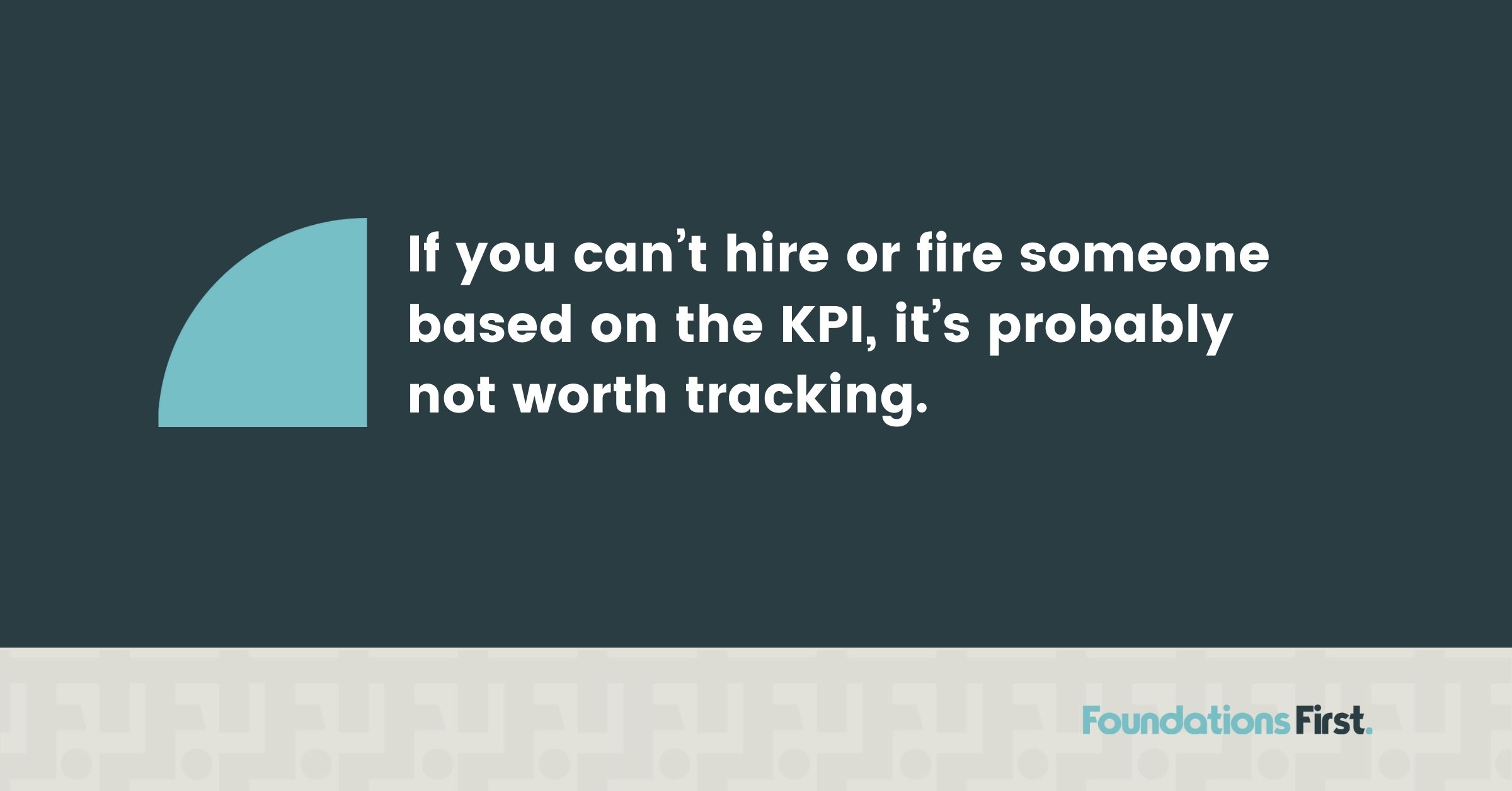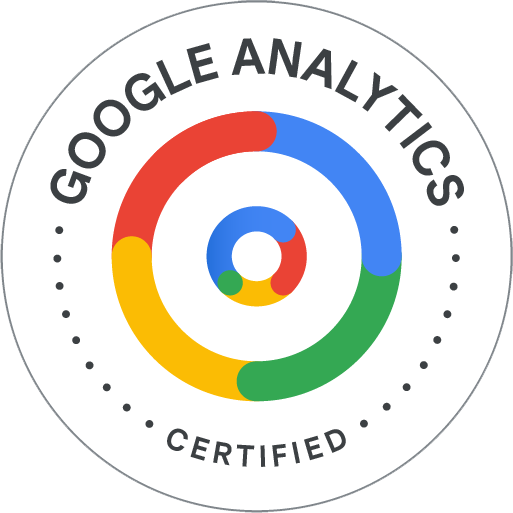How do you measure success? Chances are, your answer is different than mine. While we may have the same end result in mind, getting there is another story. Metrics aren’t everything – you need the context to know what those measures mean for your company.
Goals, KPIs, and targets can help determine success, but first you have to know how to use them and in which order.
Databox, a business analytics powerhouse, interviewed me and 93 other agency professionals to share our approaches.
Goals, targets, and KPIs play different roles in achieving your business vision
Deciding when and how to use business goals, targets, and KPIs can be confusing since the three concepts are so closely aligned. There are numerous factors to consider in determining your order of goal, target, and KPI set up. What works well for someone else may not work for you.
Regardless of what order you choose, setting impactful KPIs and targets can help you reach your goals. In my interview, I explained to Databox how to use KPIs to measure success.
When it comes to KPIs, you’ve got to be particular. Don’t set more than you absolutely need. While it’s tempting to track too many KPIs, focus on the non-bullshit ones.
Like I told Databox, KPIs are serious business: “They are so important that they are how people are hired and fired. As in, if you’re not contributing to the KPI then you get replaced.” Sounds harsh but think about it. If you can’t hire or fire someone based on the KPI, it’s probably not worth tracking.
KPIs and KPI targets should be quantifiable, particular, dynamic, and worth tracking. Tracking them efficiently is key to visualizing your progress and measuring your success. Check out my interview with Databox to learn more about how goals, targets, and KPIs can help you achieve your vision.










